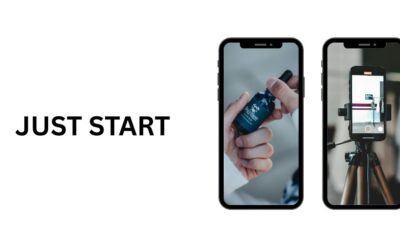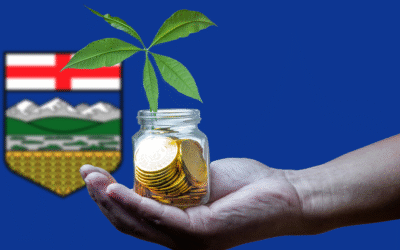In search engine optimization (SEO), on-page optimization plays a crucial role in improving the visibility and ranking of websites in search engine results pages (SERPs). It involves optimizing various elements on a webpage to make it more search engine-friendly and user-friendly. In this article, we will explore the key aspects of on-page optimization and how they contribute to the success of your website.
Understanding On-Page Optimization
Importance of On-Page Optimization
On-page optimization is essential because it helps search engines understand the relevance and value of your web pages. By optimizing on-page elements, you provide clear signals to search engines about the content of your pages, making it easier for them to index and rank your site appropriately. A well-optimized website attracts organic traffic and enhances the overall user experience.
Components of On-Page Optimization
On-page optimization consists of several components that work together to improve the visibility and performance of your web pages. These components include:
Keyword Research: Conduct thorough keyword research to find the terms and phrases your audience uses when searching for content like yours.
Title Tags and Meta Descriptions: Write compelling, keyword-rich titles and meta descriptions. These attract clicks from search results.
URL Structure: Keep URLs clean and logical so users and search engines can easily understand your site’s content and hierarchy.
Heading Tags: Use heading tags (H1, H2, H3, H4) to structure your content. This makes key points clear for both readers and search engines.
Content Optimization: Create high-quality, engaging content. Optimize it for relevant keywords and provide real value to your audience.
Image Optimization: Use descriptive alt text and proper file names for images. This improves accessibility and helps search engines understand your visuals.
Internal and External Linking: Build a strong internal link structure. Add relevant external links to boost your site’s authority and credibility.
Mobile Optimization: Ensure your site is mobile-friendly. A responsive design provides users with a seamless experience and enhances search engine rankings.
Page Speed and Performance: Boost Your Website’s Speed. Fast-loading pages enhance user experience and contribute to improved search engine rankings.
User Experience and Engagement: Ensure navigation is intuitive and content is easy to read. Add interactive elements to keep visitors engaged longer.
Schema Markup: Add schema markup to help search engines better understand your content. This can result in rich snippets appearing in search results.
Social Media Integration: Connect your website with social media. This makes sharing easier, boosts visibility, and can drive more traffic.








